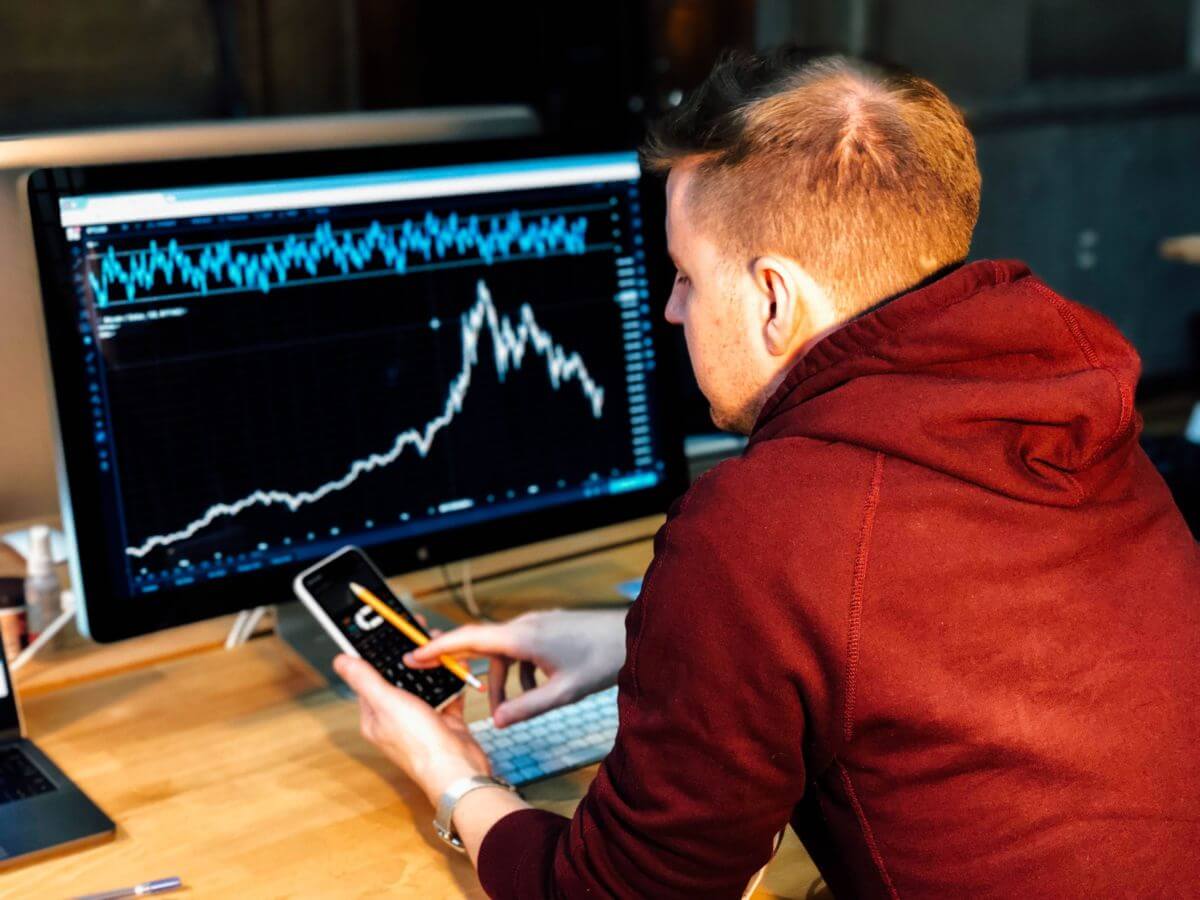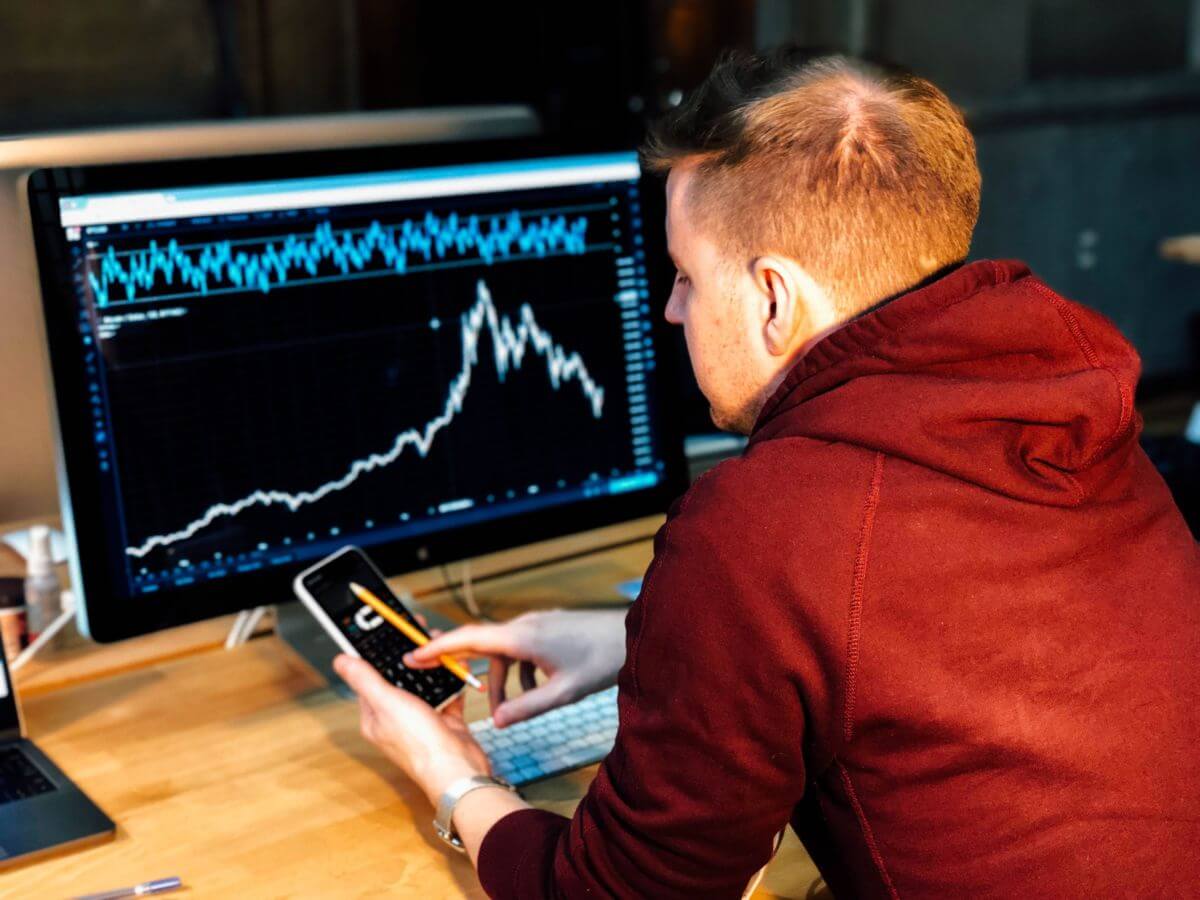Selling wholesale on Amazon has plenty of perks and benefits, but it also has its downsides. It is much harder to start selling wholesale on Amazon than it is compared to using retail arbitrage or being a private label seller.
One of the biggest perks of selling wholesale on Amazon is that the competition is not as strong, and, in most cases, you will be selling products from an already established brand.
This article is a guide on how to source products to wholesale on Amazon. We will touch on what constitutes a potential wholesale product. We will also focus on sourcing tactics directly from manufacturers so you can sell them on Amazon.

What is Wholesale Sourcing?
Wholesale sourcing is an Amazon business model, which means that you buy products directly from manufacturers and then resell them to consumers.
As the wholesaler, you are acting as a bridge between the manufacturers and the final consumer. You are not creating a new brand or improving the product in any way. You don’t get to add to the value of the products.
Typically the process goes like this:
- Build Relationship – You meet and chat with the manufacturers in person or by phone
- Right To Sell – Obtain the right to sell their products
- Buy All You Can – Purchase your comfortable quantity of products as you can in order to sell on Amazon.
Most manufacturers have a minimum order quantity (MOQ). This is the minimum quantity you can order as a wholesaler.
This can act as a barrier for most small-time sellers as they are often higher compared to the what you can sell a retail arbitrage business.
Aside from the higher cost of starting a wholesale business on Amazon, there is also the barrier of obtaining the right product to sell on Amazon. You cannot sell some branded products on Amazon without obtaining permission from the manufacturers.
As such, before placing your first order, you might want to obtain permission from the manufacturer or distributor. Some products are gated, or closed from selling Amazon.
This gated process is easily overcome with documentation from the manufacturer. This is either in the form of a letter or proper invoices.
How Wholesale Differs from Retail Arbitrage
As previously mentioned, wholesaling involves buying products directly from manufacturers and reselling them on Amazon to the final consumers.
Since the process of sourcing for these products is pretty much straightforward, it is quicker for wholesalers to restock their inventories, and they don’t need much guesswork in regards to the next items to sell.
Most retail arbitrage products out there are branded. This means that the product already has a customer base. Some customers may be familiar with the particular brand.
This takes out all the necessary work needed to build trust and confidence in consumers before they purchase the product.
Still retail arbitrage involves a heavy investment in time going into each store to locate profitable products to sell on Amazon. Another factor is the added cost of time and money to prep each product.

What’s the Deal With Online Arbitrage?
Online arbitrage is different from selling wholesale on Amazon. This is because it requires more time in the sourcing process.
Sellers will need to look for their products from different sources such as online retail stores to find the place offering the same item at the lowest cost.
You need to find a source that offers the item at the lowest cost. Next, you buy them in bulk and then resell the products on Amazon FBA at a higher cost to make a profit.
Searching through hundreds of stores and keeping track of the different prices out there can quickly become unmanageable.

Online Product Sourcing While You Sleep
Tactical Arbitrage provides an easy option for searching through stores to find the lowest price for a particular product.
All you have to do is search for products that you want, and Tactical Arbitrage will search through hundreds of stores on the internet.
It even works for you while you sleep.
What is MAP?
Online arbitrage offers you a little more flexibility to set your prices either below or above other sellers in the marketplace. Some wholesale manufacturers dictate the bottom price you can sell a particular product for.
This is called MAP or minimum advertised price
This, in essence, is to keep the market fair for all sellers regardless of the quantity they buy from manufacturers.
Wholesaling, unlike retail or online arbitrage, gives you a more relaxed market. Selling a known and trusted brand makes it easier for you to sell larger volumes.
The wholesale business model is also much easier to scale over time than retail or online arbitrage since finding and stocking your inventory is rarely a problem in this case.
How Wholesale Differs From Private Labeling
Private labeling is similar to wholesaling in terms of scalability and ease of stocking the inventory. It also involves sourcing products directly from manufacturers and then reselling them on Amazon FBA.
However, unlike selling wholesale on Amazon, private labeling gives you the chance to become the brand owner.
Custom Product Options
In private labeling, the process is similar to this:
- Come up with a product idea or use an existing product
- Look for a manufacturer to produce them
- Branding them with your own brand or search for manufacturers who create brandless products
- Get the right to brand them.
One great thing about private labeling is that you do not need to warehouse or store your products. Most of the time you can send them into a prep center or directly into Amazon.
The advantage of wholesale is the safety mechanism in place by most manufacturers.
While selling wholesale on Amazon, you won’t have to worry about other businesses selling the same item at ridiculously low prices. This is adhering to the MAP policies that we discussed earlier.
While you have control over costs in private labeling, there is always the chance that another seller may be manufacturing a similar product. Sometimes this leads to taking over your sales if the price is much lower.
How to Start Your Wholesale Business on Amazon
When sourcing wholesale products, it is obvious that your aim is to find profitable products. Several different factors affect the profitability of any given product.
The reasons below should all be taken into consideration when sourcing for a wholesale product.
Popularity
You need to consider these 3 things:
- Popularity of the brand – Do other similar products rank high? Is this product trending up or evergreen? Does anyone recognize the brand name?
- Amazon’s Private Labels – Amazon does have many private label brands in the marketplace. Make sure to research if they sell similar products. Amazon has vast data on product popularity.
- Sales Velocity is Key – Monthly sales velocity needs to be high enough to bank some profit. You also don’t want to hold onto products too long as storage costs can add up.
Browsing through the marketplace product categories and the various niches is one of the best ways to find potential products.
Alternatively, if you already have a niche in mind or even a particular product, you can start on Amazon search. This will help you get an idea of other sellers of that product as well as the possible volume sold per month.
While browsing through the product categories, you will want to keep an eye open for brand name products. This should be different from products that are branded by private label sellers.
A practical way to spot this difference is to notice how many sellers are selling the same products with the same brand name. Typically, private label products will only have 1 or 2 sellers (either the brand themselves or an exclusive seller)

Profitability
When you find a product that holds your interest, the next step is to check the profitability of the product.
This involves getting an idea of the volume being sold per month, and the profit made after each month can be extrapolated.
Competitor Analysis
An excellent approach to understanding the level of competition in the marketplace for a particular product is with some simple math. You need to take into account:
- Estimated monthly sales volume
- Number of sellers
- Selling price range
For your selected products, you might want to find the number of sellers within 2% of the product’s price in the Amazon Buy Box. A
ny seller above this does not count much as a potential competitor.
To estimate your potential monthly sales per month, you’ll need to divide the estimated monthly sales volume by the number of sellers selling the product within 2% of the Amazon Buy Box.
The figure obtained from this will give you a rough idea on the number of sales you can make in a month. This takes into account that you sell the product within 2% of the Buy Box price.
What you should keep an eye out for is the profitability of the product. If the product makes a good sales volume per month, then you should probably consider wholesaling it.
The number of sellers selling the same item doesn’t matter. This number can often be an indication of the profitability of the product in the marketplace.
Contacting the Manufacturer
After making the final decision on the product you’ll want to wholesale on Amazon, the next step is to find and contact the manufacturer.
Finding a manufacturer and contacting them is usually effortless as you can get the details of the manufacturer of a branded product from the product itself.
To find more information, you can either order one of the products yourself or even have a look at the product’s images uploaded by other sellers on Amazon.
Another approach to finding the contact information of a manufacturer is through a simple Google search: ‘name of product + manufacturer’ will do the job.
The result page will most likely show the manufacturer’s official website where you can get their contact information or even send them a direct email using the contact form available on the site.

Approval Process
In most cases, finding the manufacturer of a product is not always the hardest part of the task. Getting approved as a reseller should be your primary focus.
Most of the time, you will face proving to the manufacturer how you can add value to the brand. Maybe you can increase their product sales, and how you can help their brand grow.
It’ll do a world of good for you if you could find out if the manufacturer is already listing its products on Amazon.
Most of them already doing that will not want to give out their reselling rights to other sellers. However, it’s worth a shot if they are not selling their items directly on Amazon and/or Amazon is not selling it directly.
Managing Your Inventory
Selling wholesale on Amazon often means keeping a long list of products and research.
Improper management of this inventory can affect your business and even your relationship with the various manufacturers you’ll be working with.
While using a simple tool such as a Google Spreadsheet might help you to get started, it can quickly become cumbersome and harder to manage in the long run.
The Right Tool
Tactical Arbitrage provides you with an excellent tool to weed through all the different wholesale products. It helps you sort it by number of sellers, profitability, and as well as of the sales generated from each product.
Tactical Arbitrage offers you a wide range of features that will come handy one after another as your journey as a wholesaler on Amazon progresses.
It not only provides manifest scanning, seller storefront, and brand scanning but rapid UPC list searching too.
Other features include pack pricing calculation, bundle multiplication algorithm, and even the ability to see product images as they are in the store.
Most importantly, it gives you time back to work on other areas of your Amazon FBA Wholesale business.


